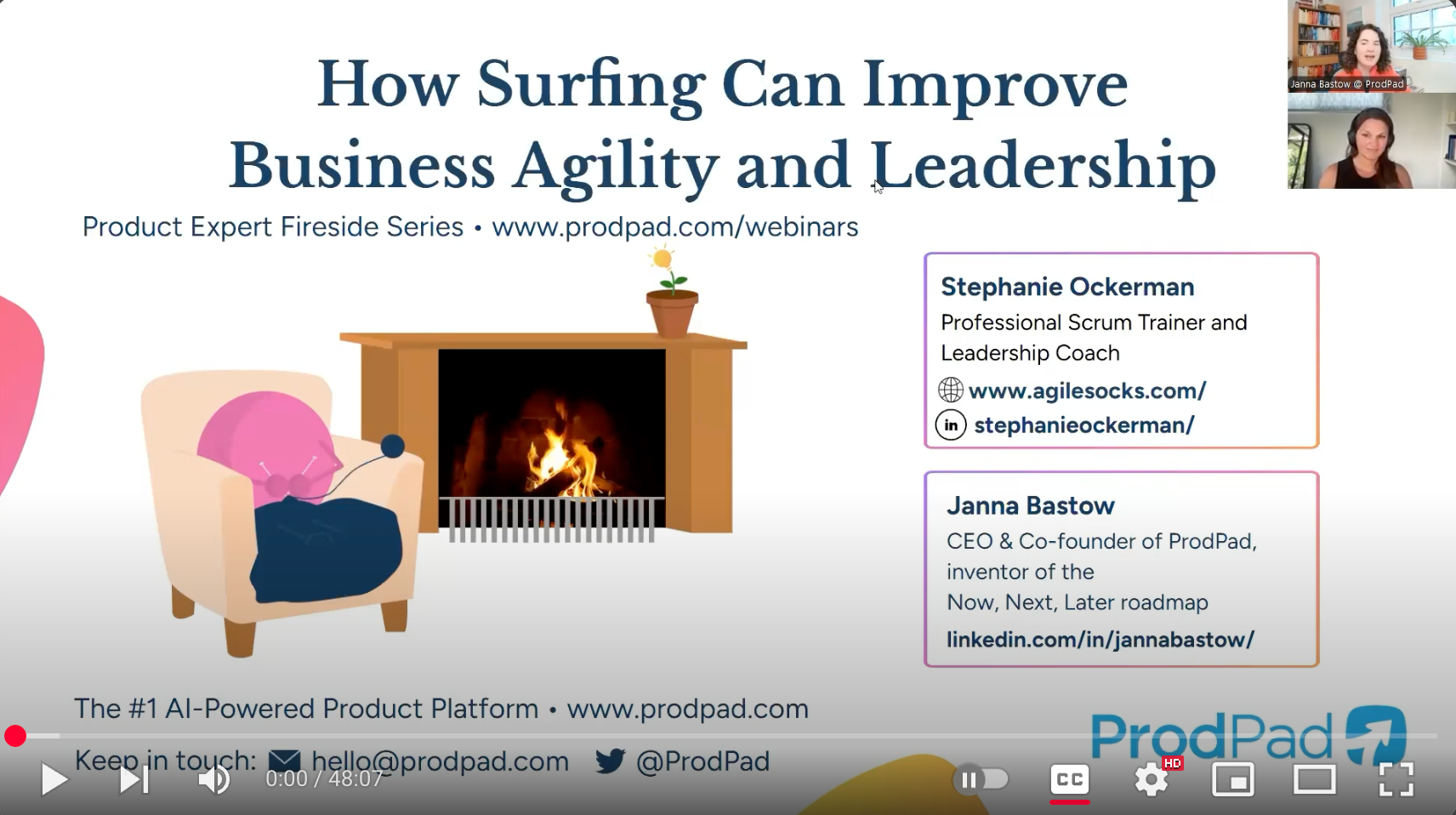
When I ask this rhetorical question in a training class or a coaching call, I often get knowing smiles and uncomfortable laughs. We’ve likely all been in this situation, and you know how frustrating it can feel. It often leads to lots of meetings filling our calendars and little time to “do real work.” Those meetings aren’t working sessions that are moving us forward and creating new insights as a team; instead they feel like a waste of time.
This problem shows up in Scrum Teams, and it shows up well beyond Scrum Teams. In this post, we will explore the 3 common challenges that lead us to end a meeting with the action item to schedule another meeting.
When teams struggle to make consensus-based decisions, that is often an indication that we haven’t grown the foundations essential for strong teamwork yet. We can only have clear decisions and team commitment to those decisions when we’ve been willing to seek, share, and explore different perspectives. And of course a foundation of trust is important.
Remember that consensus is not about whose idea gets the most votes nor is it about convincing everyone that one idea is the best. Consensus means that individuals can disagree and still commit to and support the team decision. And the only way this can happen is if people feel heard. I feel heard when others demonstrate openness and curiosity in an effort to understand my perspective or idea.
Read more about growing a strong team identity.
The Scrum events each have a time-box and a clear purpose to help us stay focused and make quick decisions while eliminating waste. But of course you can use the Scrum events well or poorly. Focusing on the purpose and setting aside things that detract from achieving that purpose within the time-box is one way to help the Scrum events go well.
How about your other meetings? Is the purpose clear at the start? Are we helping each other stay focused on the purpose and set aside things that may need to be addressed but not in this moment?
To help maintain focus, I encourage people to visualize the flow of the discussion, starting with simply writing the purpose of the meeting on a whiteboard. This makes it easier to see if the conversation begins to get off course. And capturing ideas and key points along the way helps everyone follow the conversation and hone in on consensus-based decisions.
Designating a facilitator for meetings can help maintain this focus. This is often a service Scrum Masters provide, especially as Scrum Teams are figuring out how to work most effectively together and as organizations are figuring out how to enable greater agility. For certain sessions, it may be helpful to bring in a facilitator outside the team who isn’t invested in the outcome and has specialization in facilitation skills.
When everything is a priority, nothing is a priority. This brings us back to focus again.
When there are many competing needs, and nobody is willing to make the tough prioritization decisions, it is difficult to assess ideas and perspectives in a meaningful way. This often leads to analysis paralysis (and needing to schedule another meeting).
This challenge can manifest at different levels, both within a team and at a leadership level outside a team.
If the outcome of your meetings is to schedule another meeting, this is just a symptom of the real challenges. Take a deeper look at opportunities to improve teamwork and facilitation skills. Look for ways to clarify the purpose of every meeting and maintain the focus. And have some conversations to uncover what may be impeding decision-making about competing priorities.



AGILE SOCKS is a registered trademark of Agile Socks LLC. Other marks used herein are the property of their respective owners. For more information see Trademark Notice in Terms & Conditions.